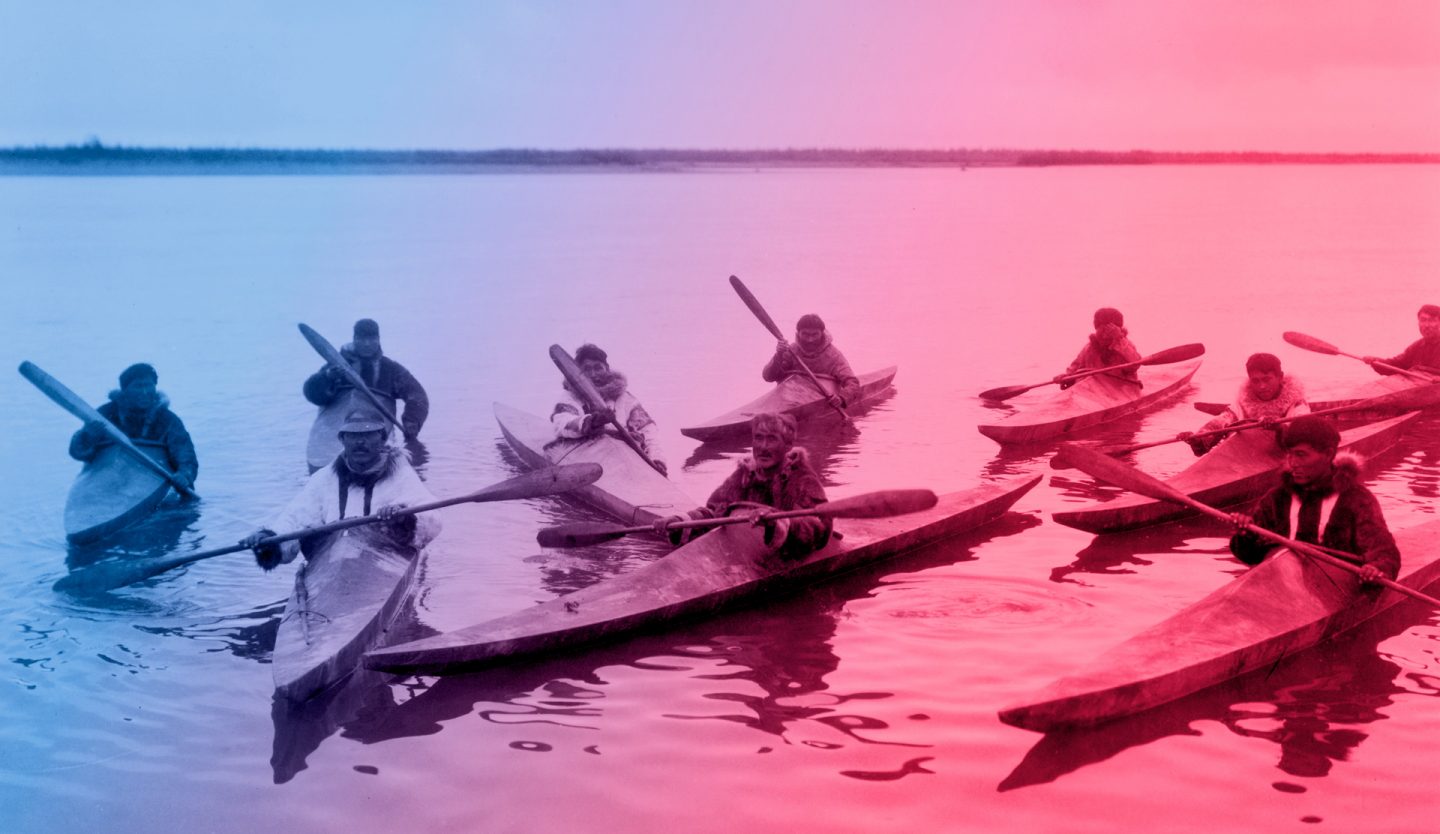THE KAYAK
The origins

The kayak is a type of canoe that finds its origins among the Inuit of the Arctic and Subarctic coasts of North America. Originally made of wood and covered with sealskins, it was designed to be pushed and manoeuvered by a double-bladed paddle, unlike the Canadian canoe. “Kayak” literally means “men’s canoe”, which is opposed to “umiak“, “women’s boat”.


Modern use

Nowadays, kayaking is mainly associated with tourist and sports boats. There are various Olympic and non-Olympic disciplines associated with the boat and various styles. High course canoeing, a discipline most dear to us, is practiced in rivers such as La Dora Baltea in particular.
The structure of modern kayaks
The kayak built today consists of an extremely resistant polyethylene hull, an internal structure with metal and plastic spars that supports the support elements.
Support elements
In a high course canoe they are: an ergonomic seat, a footrest, two leg loops and an adjustable backrest.
Equipment
Clothing
Mandatory are a helmet, a life jacket, a splash skirt (seals the cockpit to prevent the kayak from taking in water), a water jacket, a wetsuit or river pants, neoprene shoes or canyoning shoes.
Safety equipment
The canoeist must also be equipped for any emergency. Basically you must be equipped with: throwing rope, knife, tubular sling, carabiners, some lanyards, a mobile phone, whistle and first aid kit.
The paddle
A two-blade paddle is used as a propulsion and rudder tool. The materials with which it is built are plastic and aluminium for the cheaper ones and carbon fibre or glass for the more professional ones. The handle can be straight or ergonomic, curved near the handles. The blades can be tilted to each other by 30, 45 or 90 degrees.


